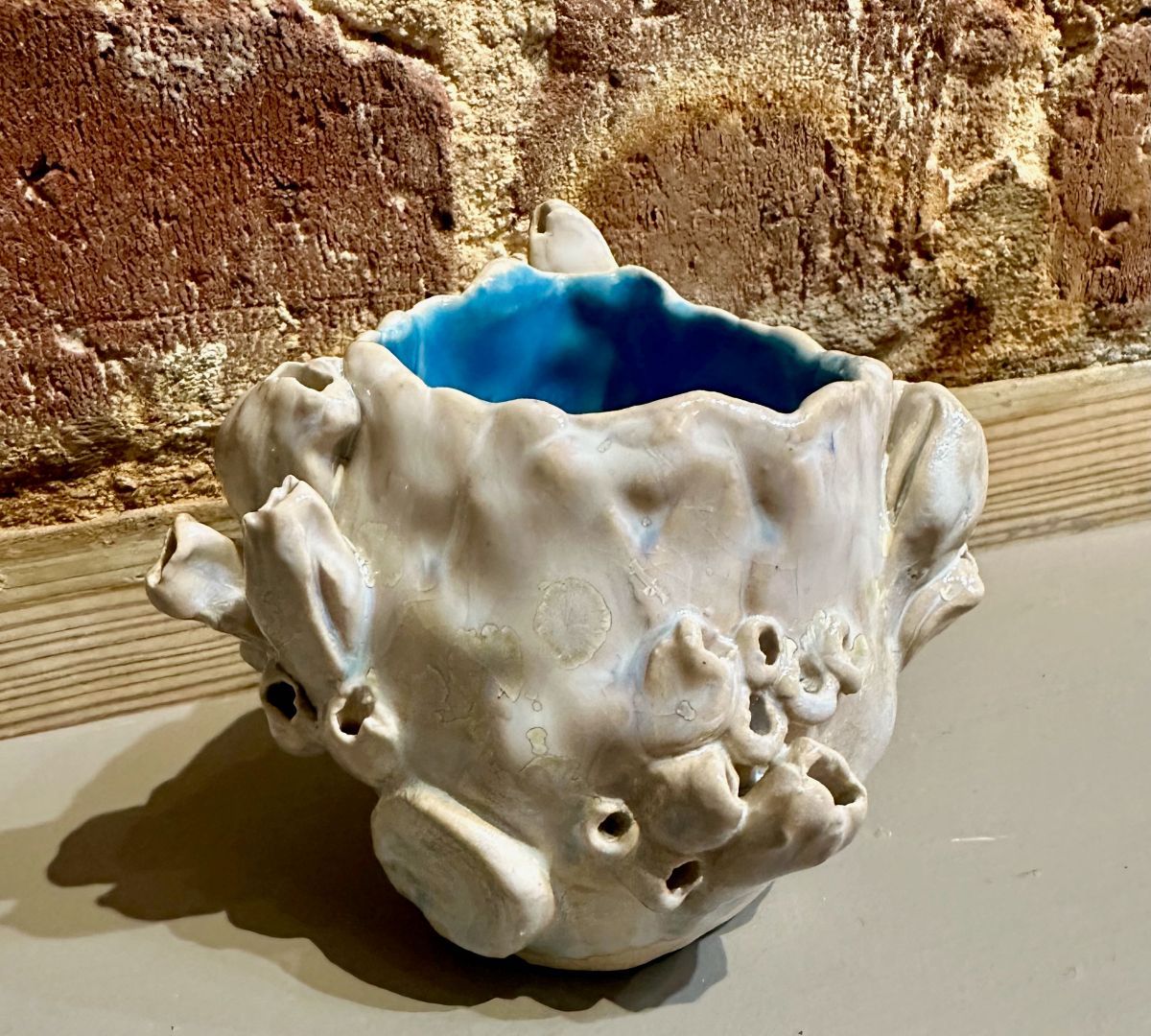By ALAN SCHUSTER
If you’re looking for something unique in the opera world, try composer Alban Berg’s “Wozzeck.” It’s based on a drama by German playwright Georg Buchner, which was left incomplete at his death.
When Berg attended its first production in Vienna in 1914, he knew at once that he wanted to base an opera on it.
Here’s what he did. He reduced the play’s 27 short scenes into 15, and then he divided them into three acts with five scenes for each.
The music is continuous – about six minutes per scene – and often includes no more than a few seconds of interlude after a scene change is made. In its final form, the opera runs for one hour and 40 minutes – and all without any intermissions.
Synopsis
Act I: The soldier Wozzeck is shaving his captain, who taunts him for living an immoral life. Wozzeck and Marie have a child but are not married.
Wozzeck replies that he is poor and has no choice. Marie, who is cheating on him with the drum major, sings a lullaby to their son. Humiliated by the captain, Wozzeck serves as a guinea pig for the doctor’s experiments. Having terrible visions, this causes his relationship with Marie to gradually deteriorate.
Act II: When a soldier tells him that he “smells of blood,” Wozzeck has difficulty sleeping. When the drum major brags about his affair with Marie, Wozzeck fights with him but is beaten.
Act III: Marie has not seen Wozzeck in several days. She reads from the Bible, murmuring the words about an adulteress. Her voice rises higher as she prays to Jesus and begs forgiveness.
Marie and Wozzeck are walking together near a pond. She wants to return, but he makes her sit down. When he makes ironic remarks about her infidelity, she tries to escape, leading him to kill her with a knife.
Later at a tavern, Wozzeck is dancing with Margret and shouting wildly. When she notices blood on his arm, he rushes out and returns to the pond. Once there, he finds the knife and throws it into the water.
Suddenly, haunted by his visions, he wades into the pond, deeper until he drowns. At a distance, the captain and the doctor hear him moaning but do not rescue him.
When their son learns that his mother is dead, he continues to play on his hobby horse, shouting “giddy up,” as the curtain falls.
The Music: Conductor Yannick Nezet-Seguin says “Wozzeck uses a huge orchestration … to create an intimacy that helps us feel as if we are inside the heads of the characters. The lines are often ‘sung-spoken,’ but there is also a lot of lyricism in the piece. Above all, I think it is one of the greatest masterpieces of the 20th century.”
Sir Dennis Forman: “When all is said and done, Berg’s score can sweep you away in the mad, mad world of Wozzeck so that you come to share his hallucinations and are purged with pity and terror.”
The Production: Opera News wrote “After wowing audiences with his astounding production of Lulu in 2015, South African artist William Kentridge now focuses his extraordinary visual imagination on Berg’s other operatic masterpiece, Wozzeck, set in an apocalyptic pre-World War I environment.
“This version, however, is more art installation than traditional opera. Animated images, rendered in smoky black charcoal, are projected on to the stage. The live singers seem at one with them, stepping out of the sketches, only to sink back in, sometimes disappearing entirely.”
The Cast: Director Yannick Nézet-Séguin is on the podium, with baritone Peter Mattei singing the title role and Elza van den Heever as Marie. Others include tenor Christopher Ventris as the drum major; bass-baritone Christian Van Horn as the doctor; and tenor Gerhard Siegel as the captain.







